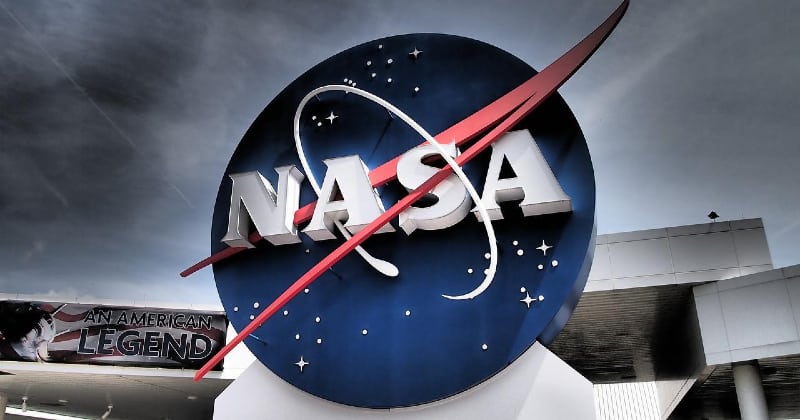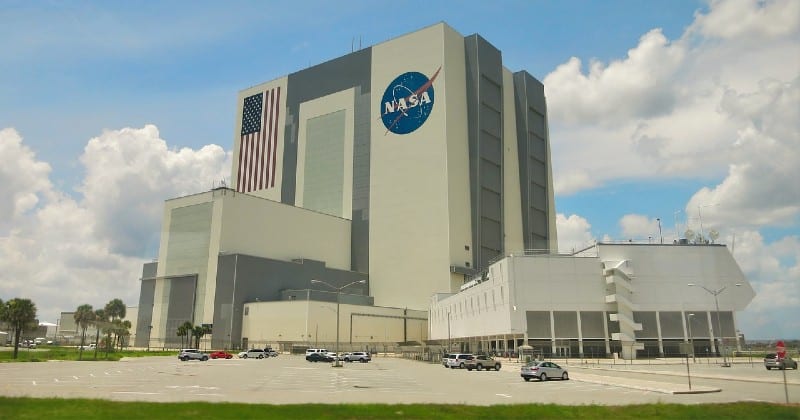Once again, the National Aeronautics and Space Administration (NASA) is bilking taxpayers to infinity and beyond. NASA has been busy preparing for the Mars Sample Return (MSR) mission, which is designed to collect samples of Martian soil to determine whether there is life on the Red Planet. According to a recent report, costs are through the stratosphere. The independent review board tasked with evaluating the program concluded in the review that the mission has been marred by “unrealistic budget and schedule expectations from the beginning.” The reviewers found that there is “a near zero probability” that the mission will launch by NASA’s stated 2028 goal. It’s time for NASA to ditch its costly payload and commit to keeping costs down to earth.
For years, NASA has been planning and studying how best to return samples from the Martian surface. Former NASA Administrator Jim Bridenstine even called the endeavor, “a civilization-level changing capability” that may “help us become the first to discover life on another planet.” But talk is cheap, unlike the projected program costs that won’t stop rising. According to a report released by independent reviewers in 2020, the MSR mission was slated to cost $3.8 to $4.4 billion. By June 2023, NASA was busy pushing back against credible reports that the cost had ballooned to $8 to $9 billion. The latest report identifies an upper bound of $11 billion, further eroding the credibility of an agency notorious for underestimating costs.
NASA could lower costs by moving the launch of the lander and orbiter to 2030, but even then, the mission would likely cost at least $8 billion and require $1 billion in steady annual spending between fiscal years 2025 and 2028. The report authors miss an important opportunity to hold NASA accountable for their galactic blunders. Rather than critically assess the importance of the mission, the authors warn that, by abandoning the MSR mission, the US would “abandon…the preeminent role that JFK ascribed to the scientific exploration of space…” At a time when multiple private companies are charting missions to Mars, it is unclear why it is the job of taxpayers to foot the bill for this technical, challenging task. These private ventures have every incentive to keep costs under control, unlike an agency known for chronic cost overruns.
NASA’s mission back to the moon has already been plagued by scheduling delays and cost overruns. Taxpayers will likely have to shell out $100 billion before another “small step” can happen. According to a new audit by NASA’s Inspector General (IG), the agency’s Space Launch System (SLS) rocket slated to ferry astronauts to the moon is an astounding $6 billion over budget. NASA had originally thought that using some of its older technologies (e.g., Space Shuttle and Constellation Programs) would save the mission money and incorporated these savings into initial cost estimates. But “the complexity of developing, updating, and integrating new systems along with heritage components proved to be much greater than anticipated” and costs have skyrocketed out of control. NASA has also had an exceptionally difficult time keeping its contractors at budget. The IG notes, “NASA used cost-plus contracts at times where we believe fixed-price contracts should have been considered to potentially reduce costs, including the addition of 18 new production engines under the RS-25 Restart and Production contract and acquisition of Artemis IV booster long-lead materials under the BPOC letter contract.” Award fees are out of control, and contractors have no incentive to adhere to a bottom line. The IG found that NASA has already spent $40 billion to get astronauts back to the moon and will likely spend close to $100 billion total on the endeavor.
The relevant question is not whether missions to the moon or Mars should happen, but who should blaze the path into the cosmos. NASA has all the wrong incentives that enable cost overruns and mission creep. Funding forays into space is a mission for investors, not taxpayers.
David Williams is the president of the Taxpayers Protection Alliance. This article was originally published by RealClearScience and made available via RealClearWire.










